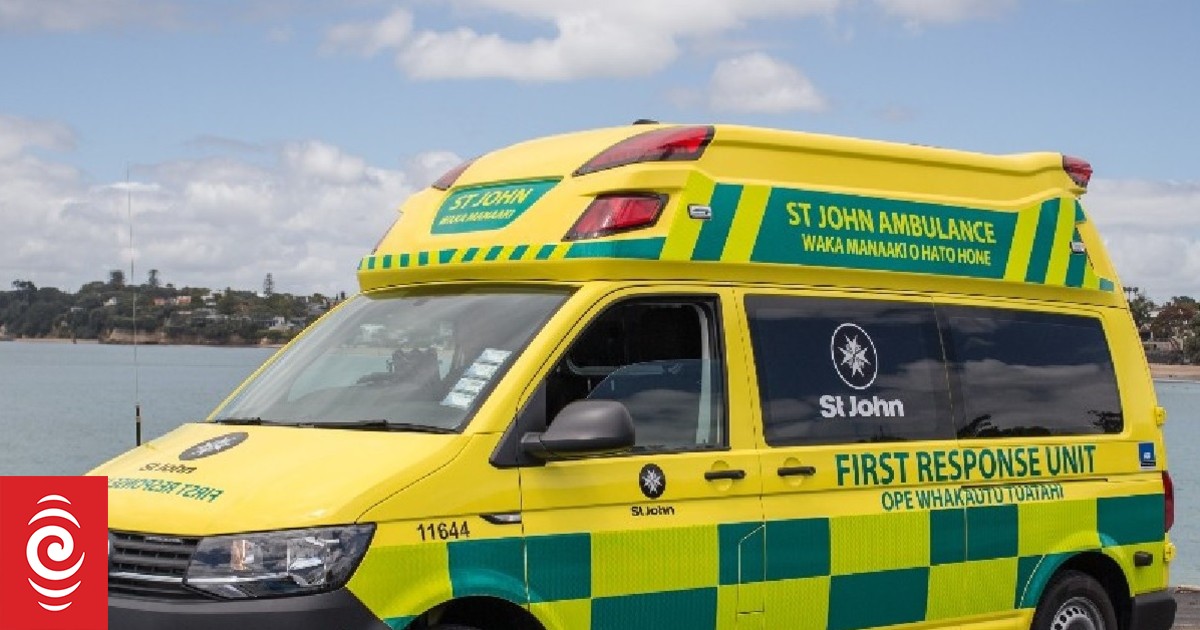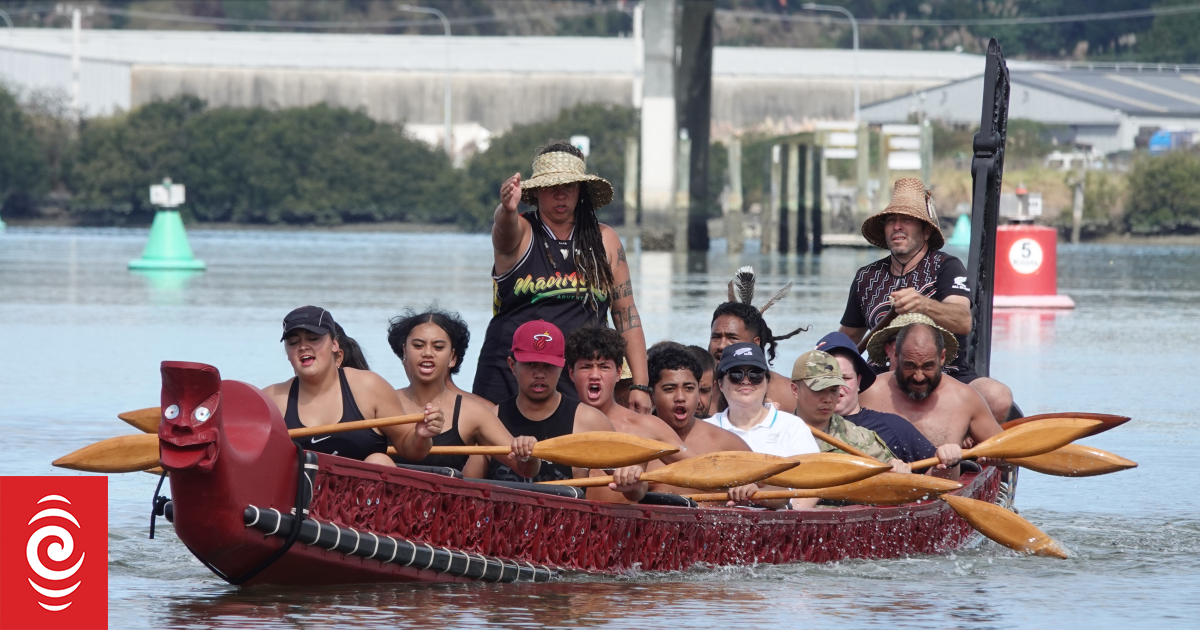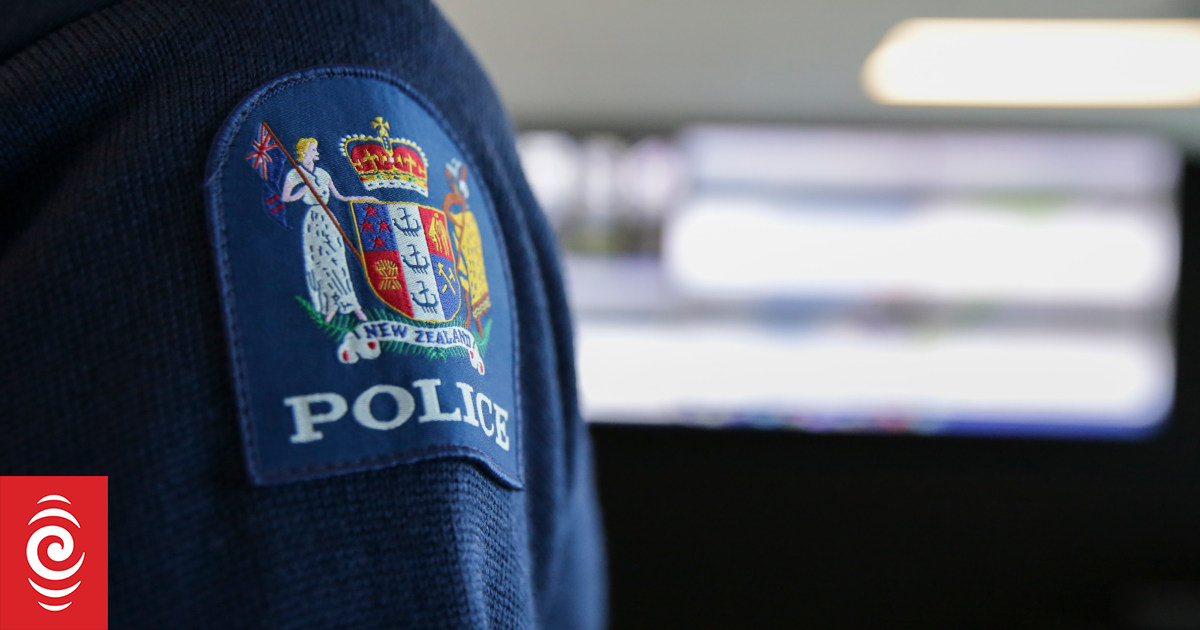
St John is replacing an ageing Mercedes ambulance in the Hokianga with a VW first response unit like the one pictured.
Photo: Supplied/Hato Hone St John Ambulance
Residents in the Hokianga fear replacing one of the region’s few ambulances with a smaller first response vehicle could put lives at risk.
But Hato Hone St John Ambulance says the new vehicle is well-equipped for the local conditions and there will be no change to the level of service provided in the area.
Ōmāpere resident Jo Tucker has been circulating a petition urging St John to reconsider its decision.
She told Checkpoint the new vehicle would struggle on the area’s rough terrain.
“It has a very low base, and we have a very big geographical area,” she said.
“To just have one small vehicle tending to 12,000 residents … it just cannot work.”
She said the new vehicle would also lack critical life-saving equipment.
“In all vehicles at the moment there is a Lifepak, what that means is the patient can then have all the checks made which can then be conveyed immediately to a clinician,” she said.
“The new vehicle will mean no Lifepak… What will be in the new vehicle is an AED (a defibrillator) only.”
Tucker planned to present her petition to local MP Grant McCallum on Friday.
“[We want] a decent sized vehicle for off-road terrain here in Hokianga and we desperately would like to retain the Lifepak that can be taken to the patient.”
St John district operations manager Te Tai Tokerau Ben Lockie said the petition contained “various inaccuracies” and apologised to the community for “any concern this may have caused”.
The old ambulance had travelled more than 500,000km since it entered service. The replacement first response unit – a VW all-wheel drive vehicle – was “designed to handle rural conditions” and narrow, winding roads such as Northland’s, he said.
There were already 50 first response units operating across Aotearoa, including on the East Cape, West Coast and Central Plateau, which were known for their challenging terrain, he said.
“While the VW [first response units] do not have a Lifepak 15 monitor/defibrillator, they are equipped with the other clinical tools found on our standard ambulances, such as an automated external defibrillator (AED) and three lead ECG monitor, vital signs monitoring equipment, and a stretcher capable of carrying patients up to 240kg.
“It is also worth noting the Lifepak 15 is an advanced piece of equipment, the full functionality of which can only be used by a Paramedic or Critical Care Paramedic. The volunteer staff in Rawene are not trained to use this level of functionality so we are relocating it to where it is needed more and will be used far more frequently by trained staff.
“Instead, Rawene will be provided with a Lifepak 1000 automated external defibrillator (AED) with the added capacity to monitor a basic ECG.”
While the old ambulance was about one-quarter larger than the new first response unit, it had essentially been functioning as a first response unit, Lockie said.
“Therefore there is no change in the type of response or level of service in Rawene with upgrading to the VW [first response unit]. The service provided will remain one where our volunteer crews will treat and care for patients in the vehicle and transport to a medical facility, or to an awaiting transporting ambulance or helicopter.”




